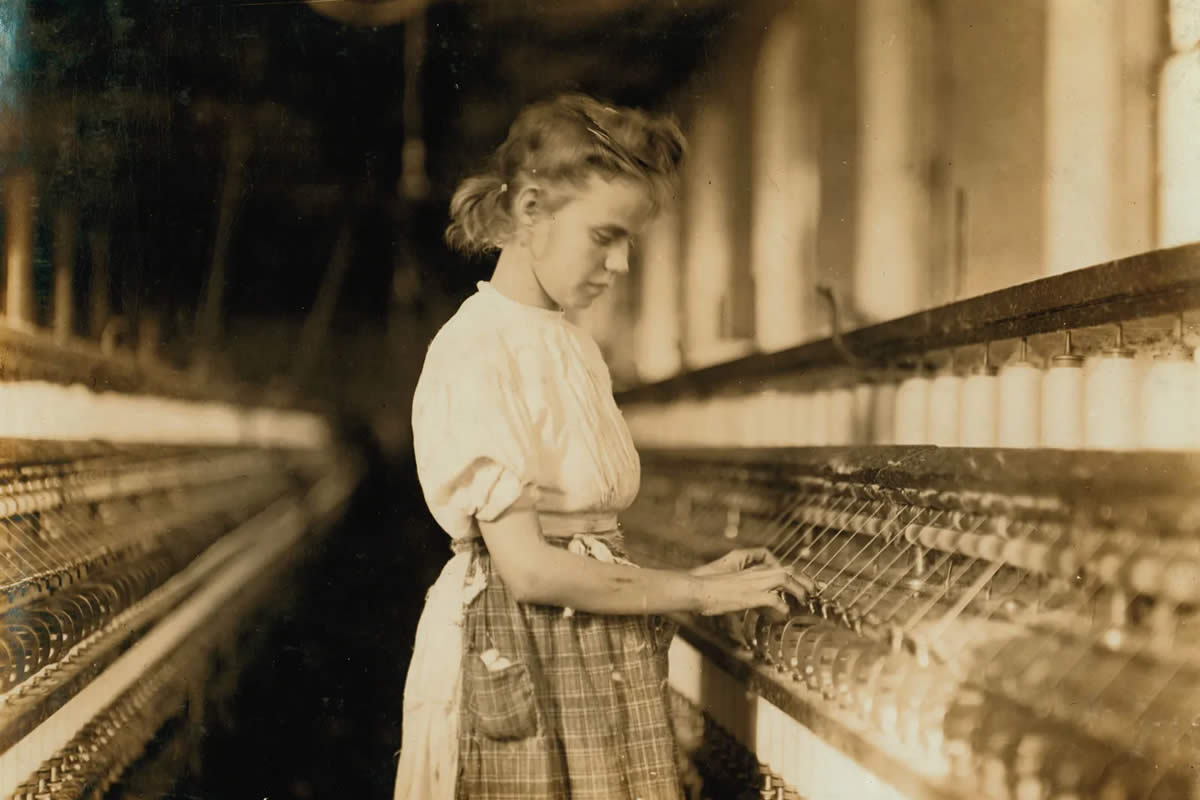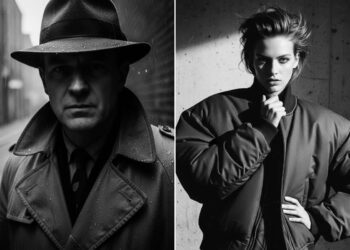Lewis Hine, a name synonymous with socially conscious photography, was more than just a documentarian; he was a visual storyteller who used his camera as a tool for change. Born in Oshkosh, Wisconsin, in 1874, Hine’s journey into photography began not as an artist but as an educator. His work, however, would go on to shape public perceptions and influence labor laws in the United States, leaving an indelible mark on the world of photography and social reform.
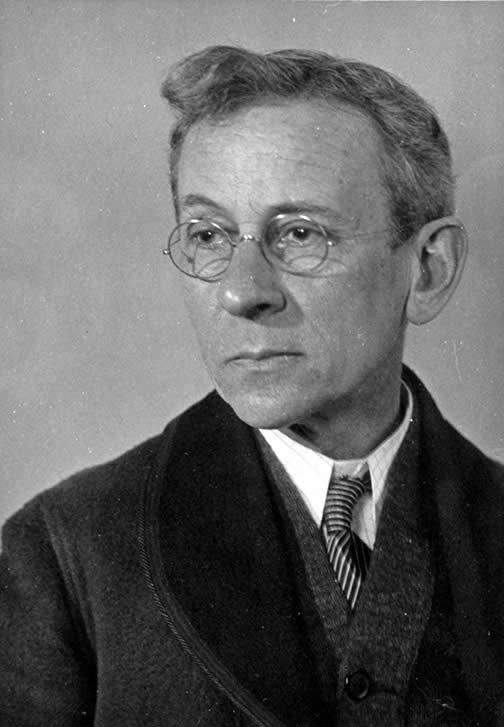
You can find Lewis Hine on the Web:
A Visionary with a Camera
Lewis Hine began his career as a sociology teacher at the Ethical Culture School in New York City. It was here that he first picked up a camera, initially to teach his students about the power of visual documentation. Recognizing photography’s potential to tell stories and evoke empathy, Hine turned his lens toward subjects that reflected the social realities of his time.
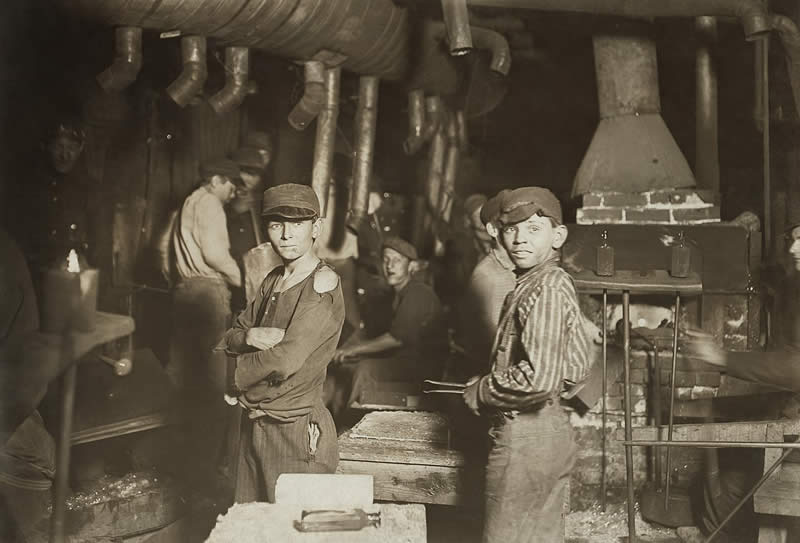
© Lewis Hine
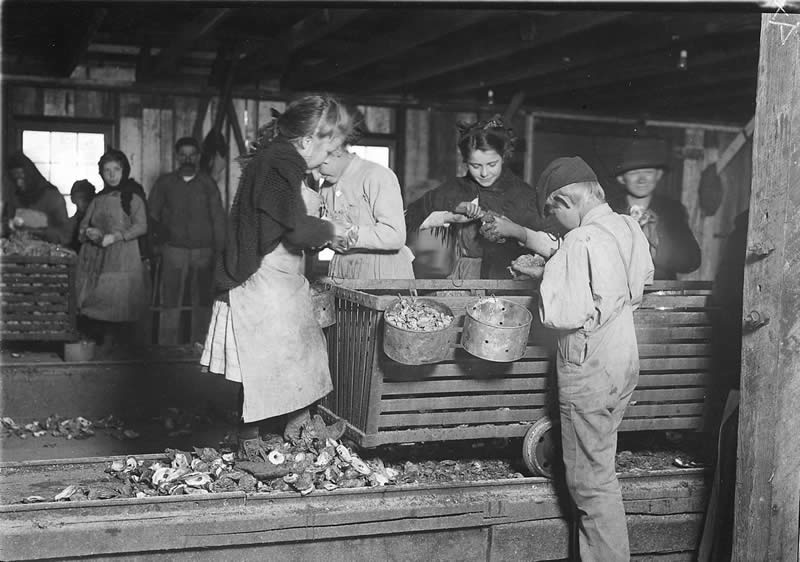
© Lewis Hine
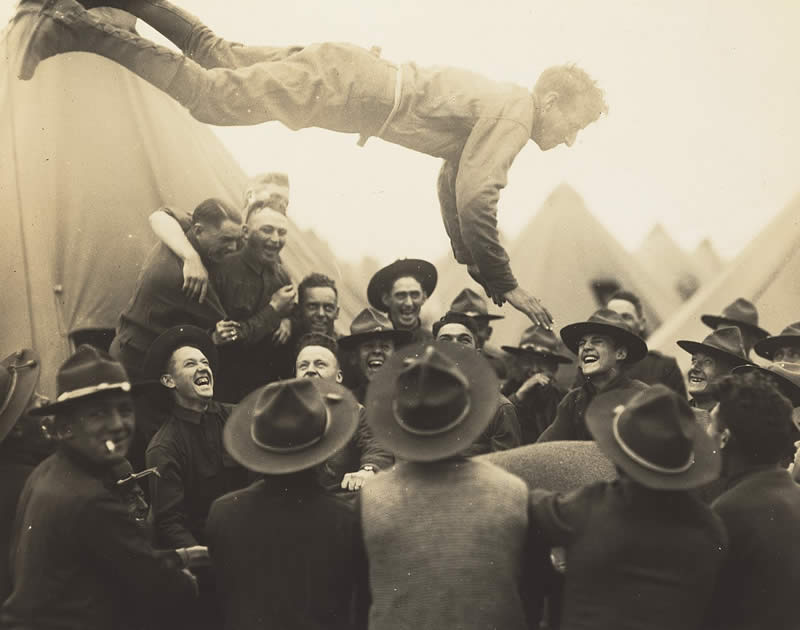
© Lewis Hine
Championing Social Justice through Photography
Hine’s most groundbreaking work came through his collaboration with the National Child Labor Committee (NCLC) in the early 20th century. Between 1908 and 1924, he traversed the United States, documenting the plight of child laborers in mills, factories, and farms. His haunting images of children—tiny hands working dangerous machinery, small bodies carrying heavy loads—humanized a crisis that many preferred to ignore.
These photographs weren’t just visual records; they were tools of advocacy. Hine’s compelling compositions, paired with meticulous notes, provided irrefutable evidence of exploitation. His work directly contributed to public outcry and the eventual passage of child labor laws in the U.S., including the Fair Labor Standards Act of 1938.
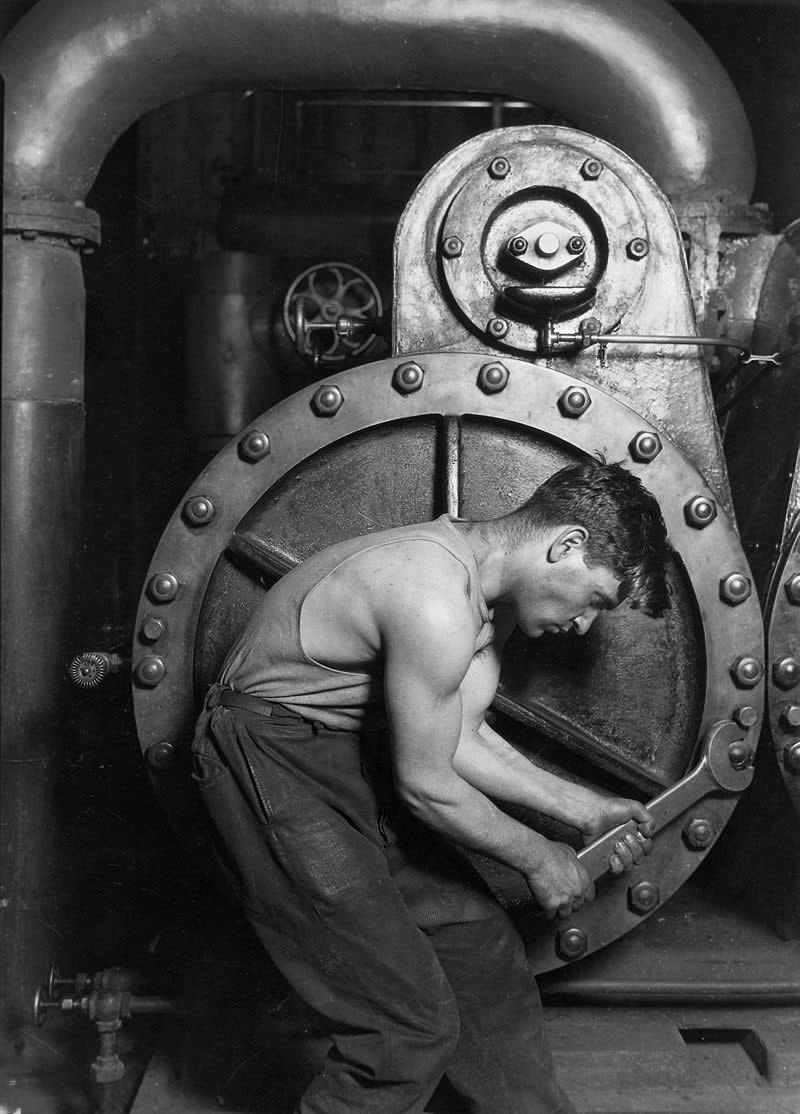
© Lewis Hine
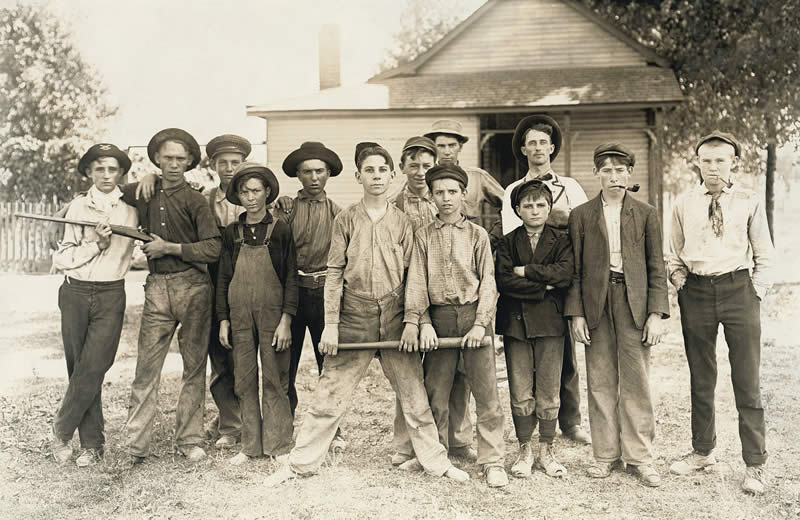
© Lewis Hine
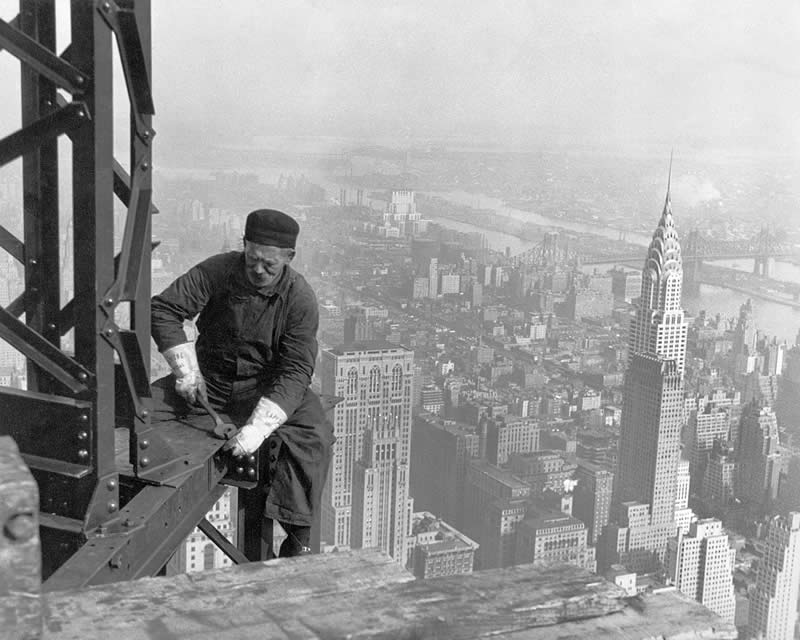
© Lewis Hine
Iconic Works: Celebrating the American Worker
Beyond child labor, Hine turned his focus to the dignity and resilience of workers. His photographs of immigrants at Ellis Island captured both the hope and uncertainty of those seeking a better life. Later, during the Great Depression, Hine was commissioned by the Works Progress Administration to document industrial labor, capturing workers as heroes of the American economy.
One of his most famous series documented the construction of the Empire State Building. Balancing on precarious steel beams high above the city, Hine photographed workers at dizzying heights, portraying their courage and skill in a way that celebrated the human spirit and the power of collective endeavor.
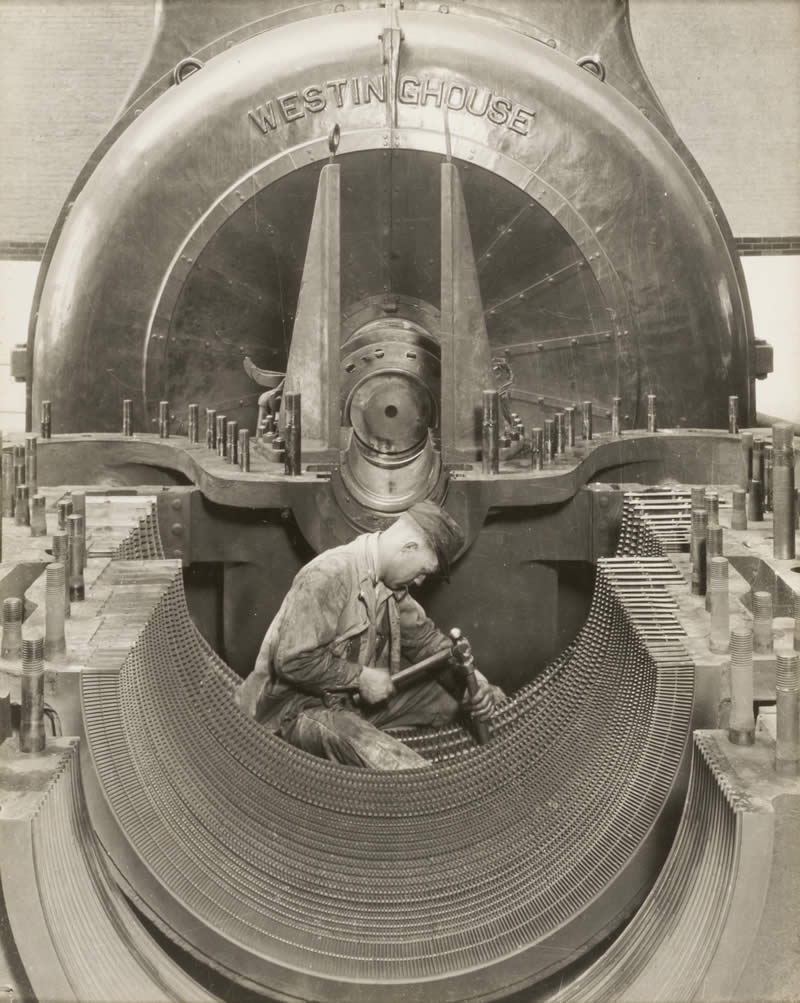
© Lewis Hine
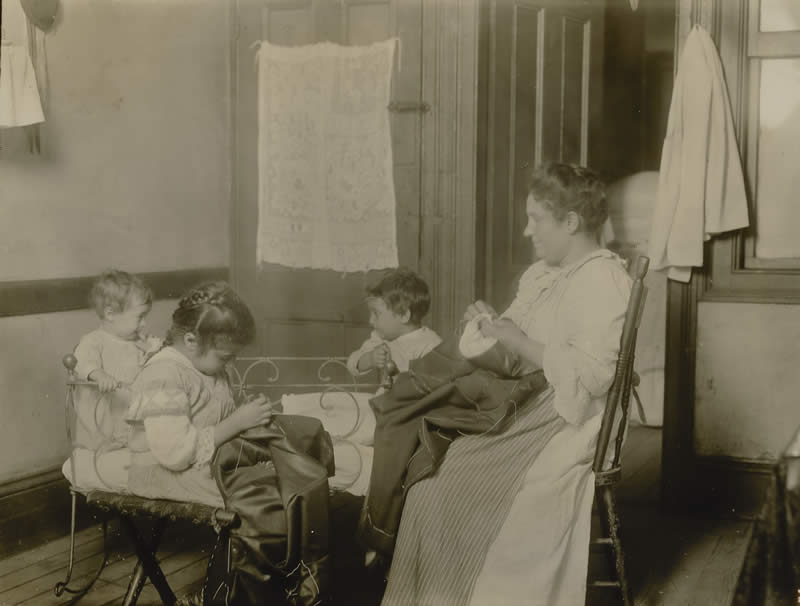
© Lewis Hine
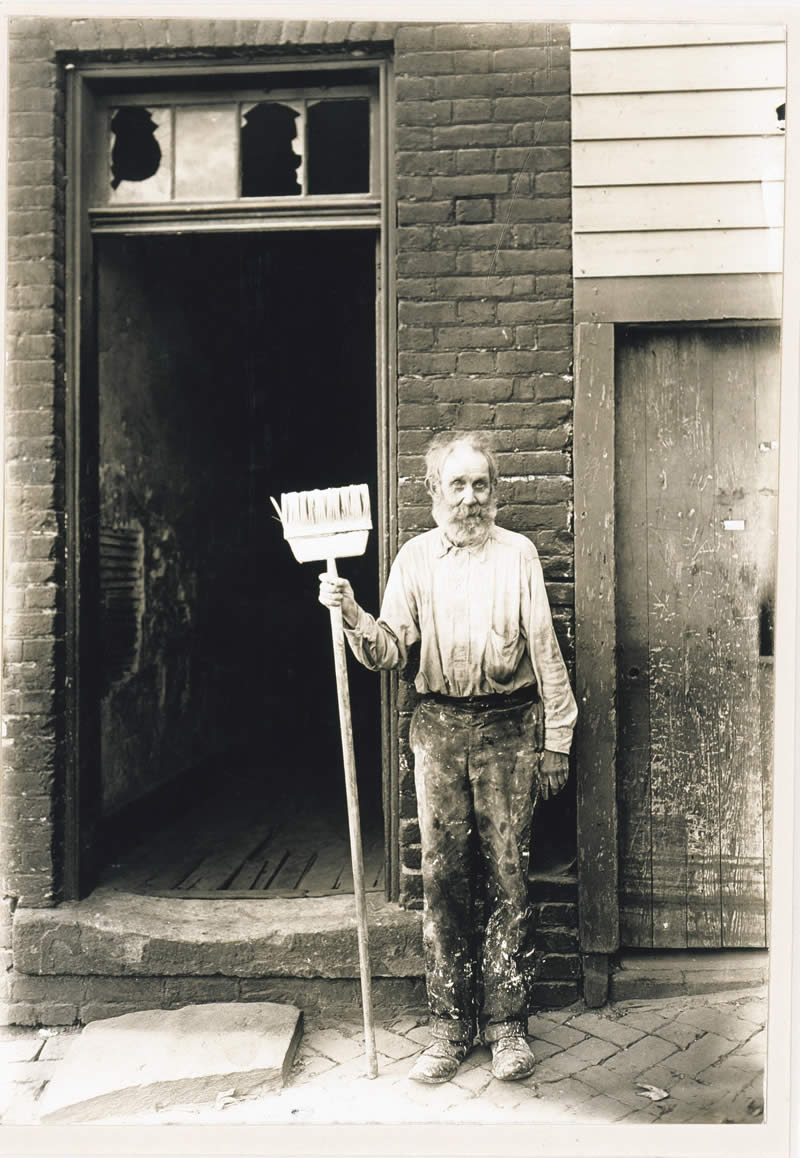
© Lewis Hine
Hine’s Legacy and Impact
Despite his contributions, Hine struggled financially in his later years and passed away in relative obscurity in 1940. Yet, his legacy endures. Hine’s photographs are more than historical records; they are profound statements about humanity, equity, and justice. His work laid the foundation for documentary photography as a tool for social change, inspiring generations of photographers to use their art to illuminate injustices and advocate for a better world.
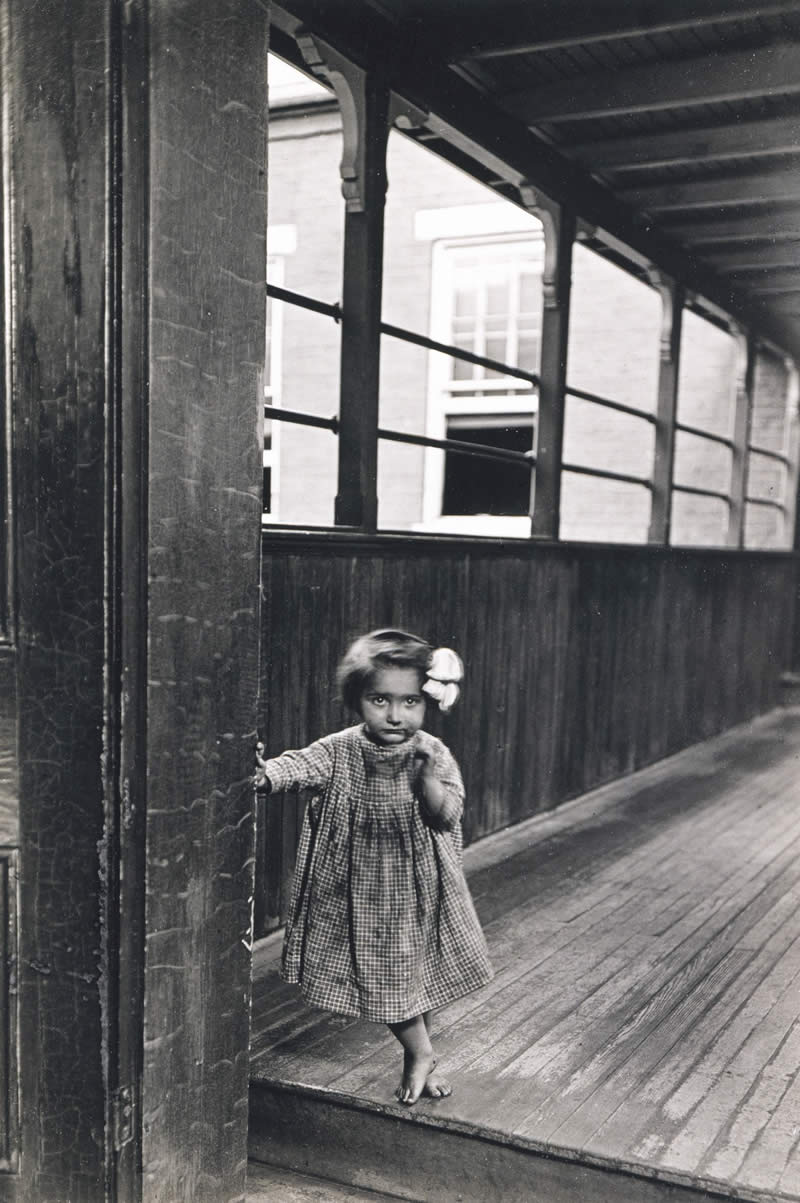
© Lewis Hine
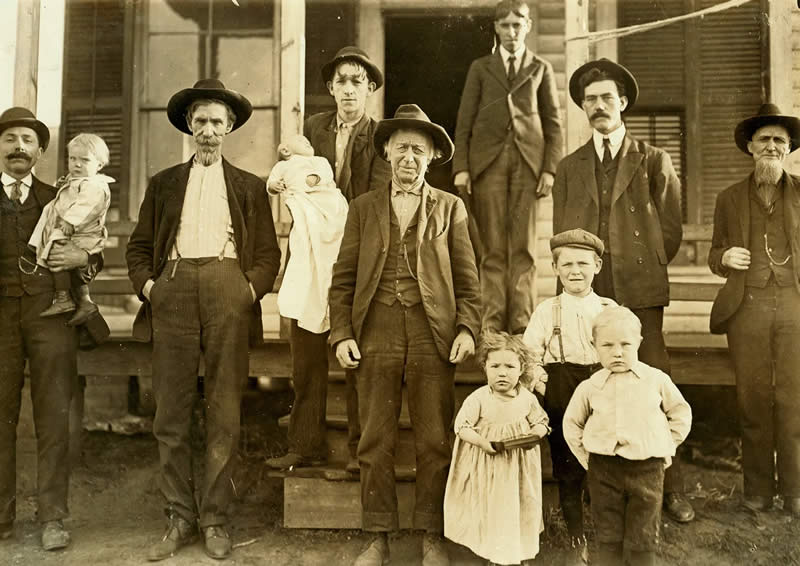
© Lewis Hine
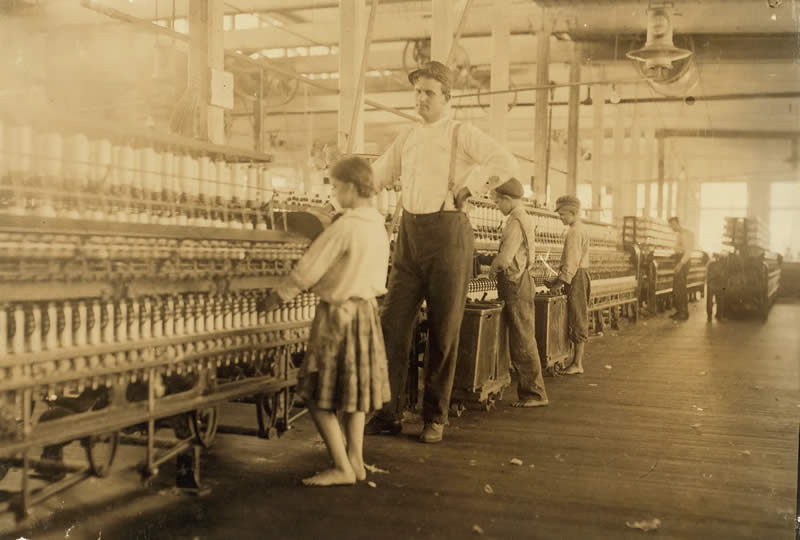
© Lewis Hine
The Enduring Relevance of Lewis Hine
In today’s world, where visual storytelling is more powerful than ever, Lewis Hine’s work serves as a reminder of photography’s potential to inspire empathy and action. His images continue to resonate, not just as masterpieces of composition and technique, but as enduring calls for compassion and justice.
As a master photographer, Lewis Hine didn’t just capture moments; he captured the soul of an era, immortalizing the struggles and triumphs of ordinary people. His work reminds us of the power of art to not only reflect society but to shape it for the better.
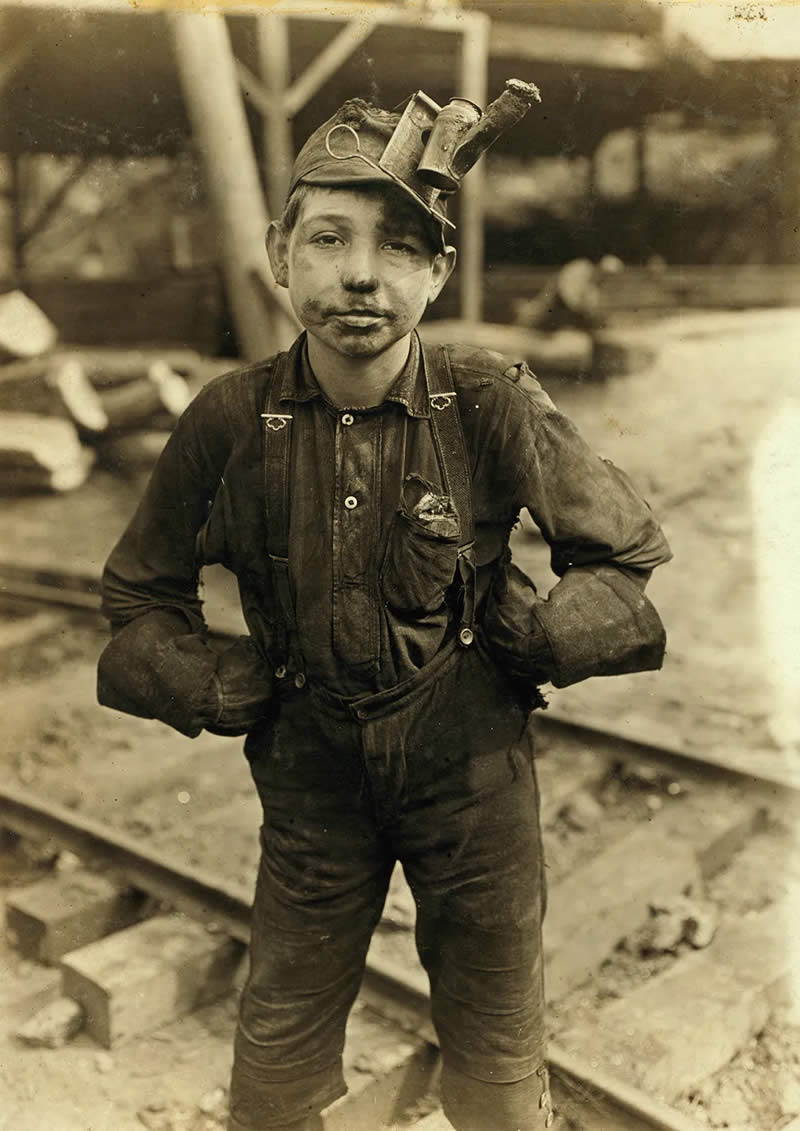
© Lewis Hine
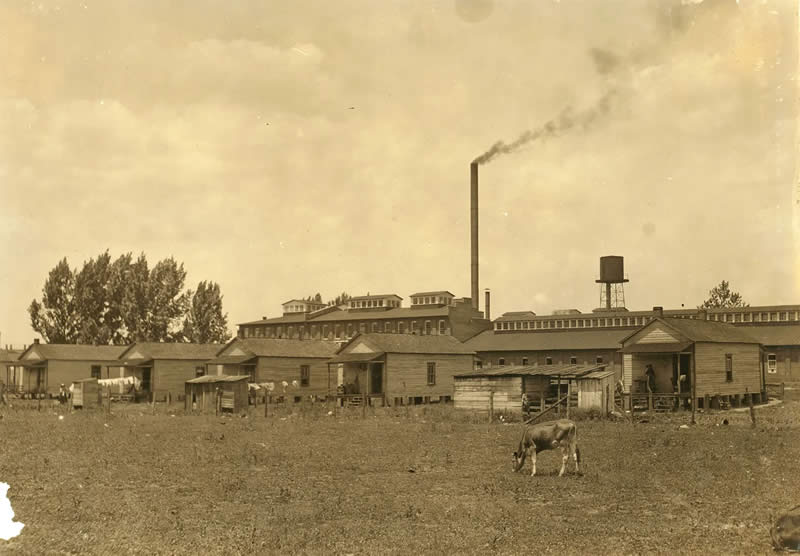
© Lewis Hine
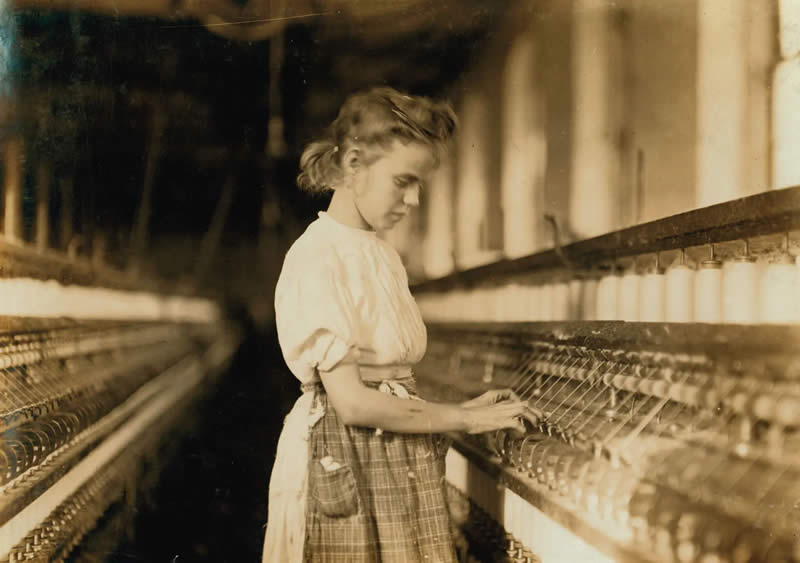
© Lewis Hine
Related Articles:
- Master Photographer Bruno Barbey: A Visionary of Color and Human Experience
- Master Photographer Alex Webb: A Journey Through Color, Culture, and Human Connection
- Master Photographer Elliott Erwitt: A Life Through the Lens of Wit, Humanity, and Timelessness
- Master Photographer Steve McCurry: A Legacy in Visual Storytelling

